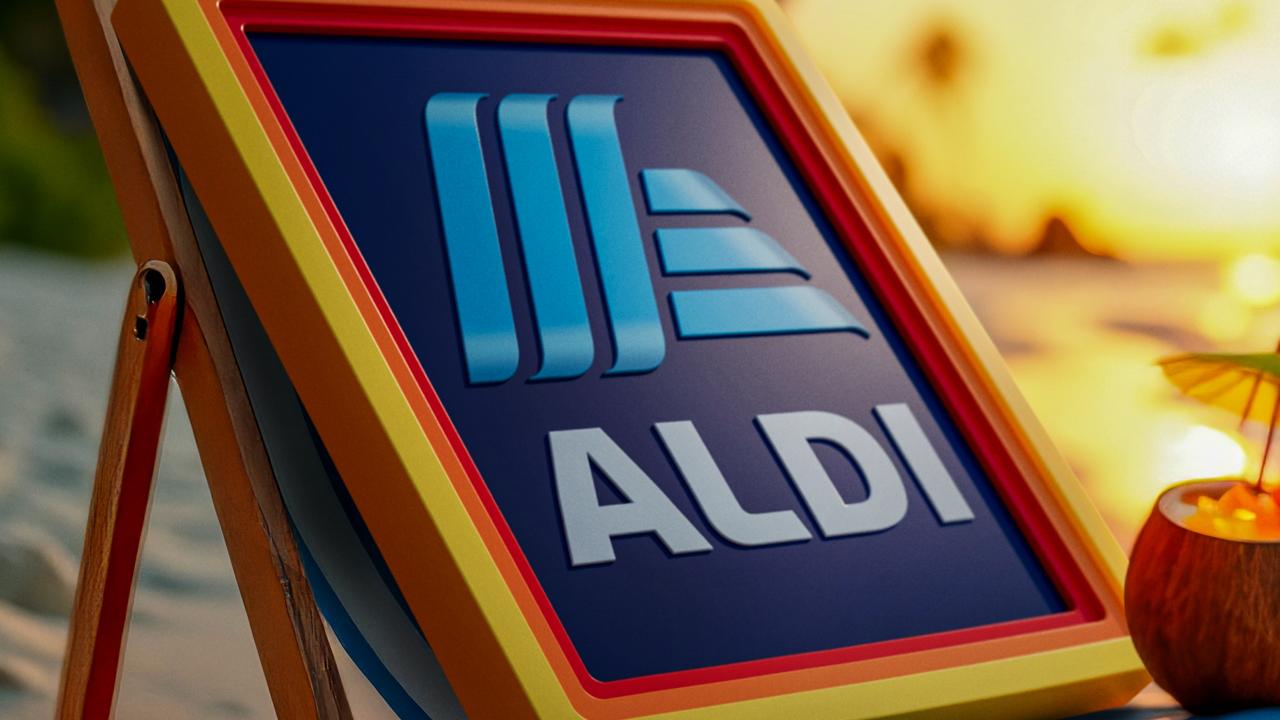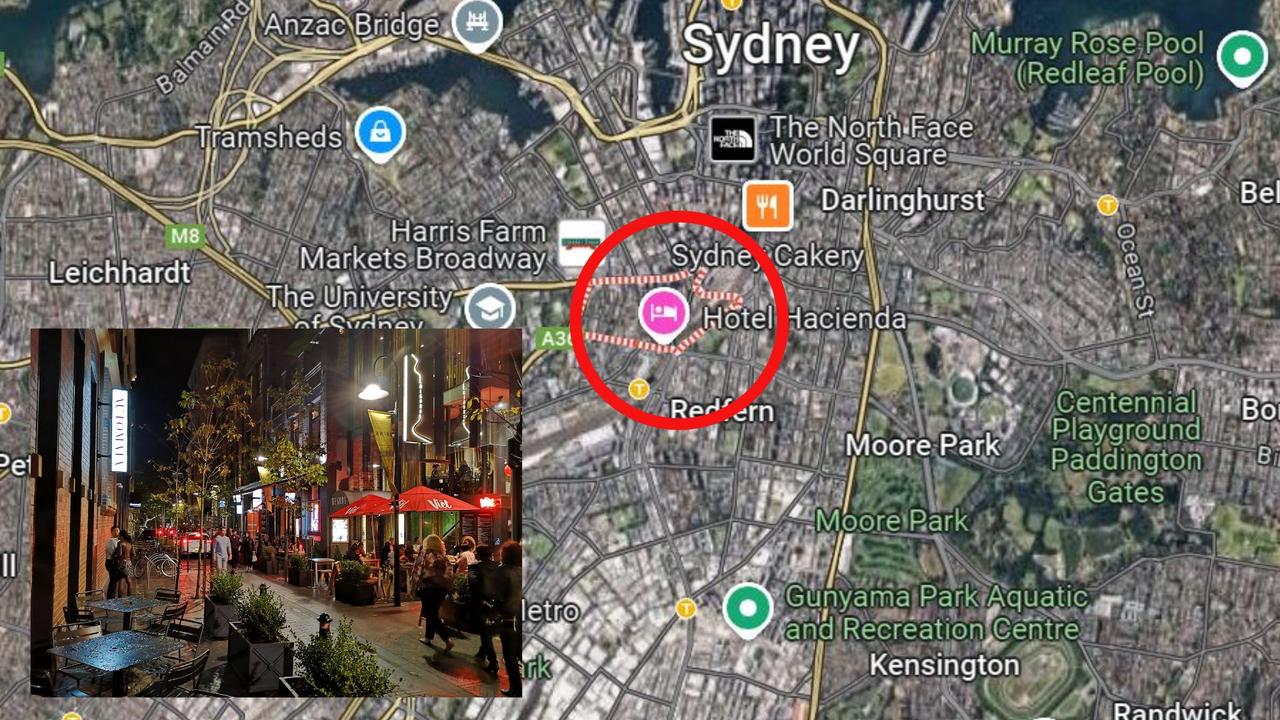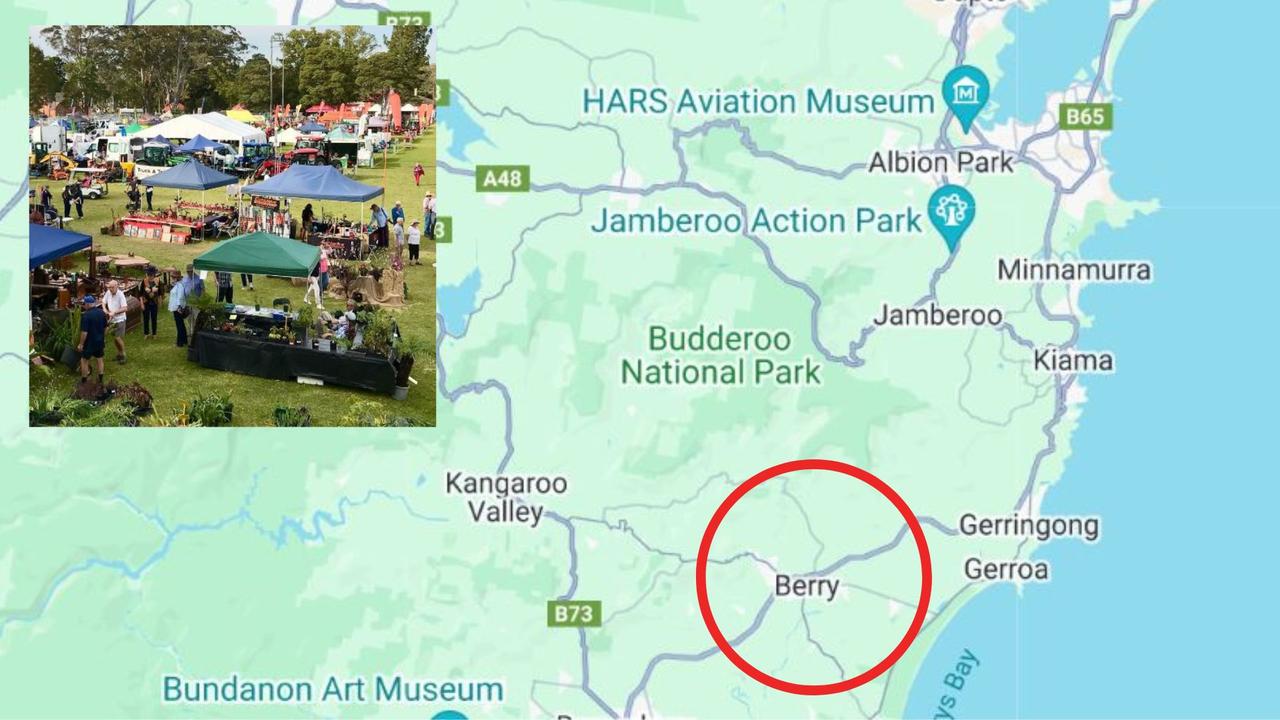Scientists discover ‘yellow brick road’ to Atlantis
Scientists have discovered what appears to be a brick road at the bottom of the sea off Hawaii, and dubbed it the “yellow brick road” to Atlantis.
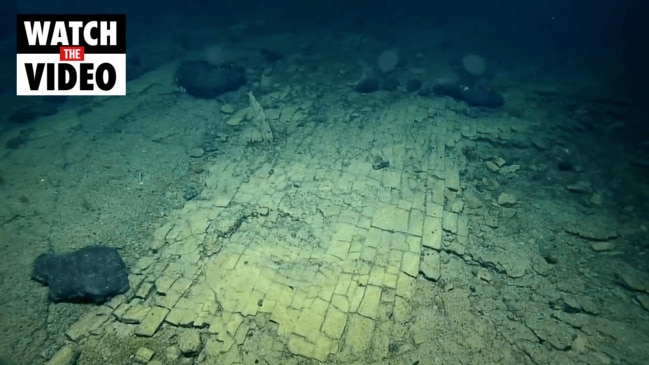
Not every road leads to Rome.
Some paths appear to be headed to the centre of the ocean – like one recently spotted by scientists in the Pacific that they dubbed the “road to Atlantis”.
Late last month, oceanographers aboard the EV Nautilus vessel were out exploring the floor of the PapahÄnaumokuÄkea Marine National Monument, a submarine range of volcanic mountains off the coast of Hawaii, when they came across what looked like a well-preserved brick road at the bottom of the sea, the New York Post reports.
On April 29, the researchers were amazed to see such a structure around 1km underwater, near the top of Nootka Seamount.
The discovery, part of the Lu’uaeaahikiikekumu expedition, was captured on video during the group’s 24/7 livestream on YouTube.
“It’s the road to Atlantis,” one scientist is heard saying in the background of the footage, referencing the mythical lost underwater city.
Want a streaming service dedicated to news? Flash lets you stream 25+ news channels in 1 place. New to Flash? Try 1 month free. Offer ends 31 October, 2022 >

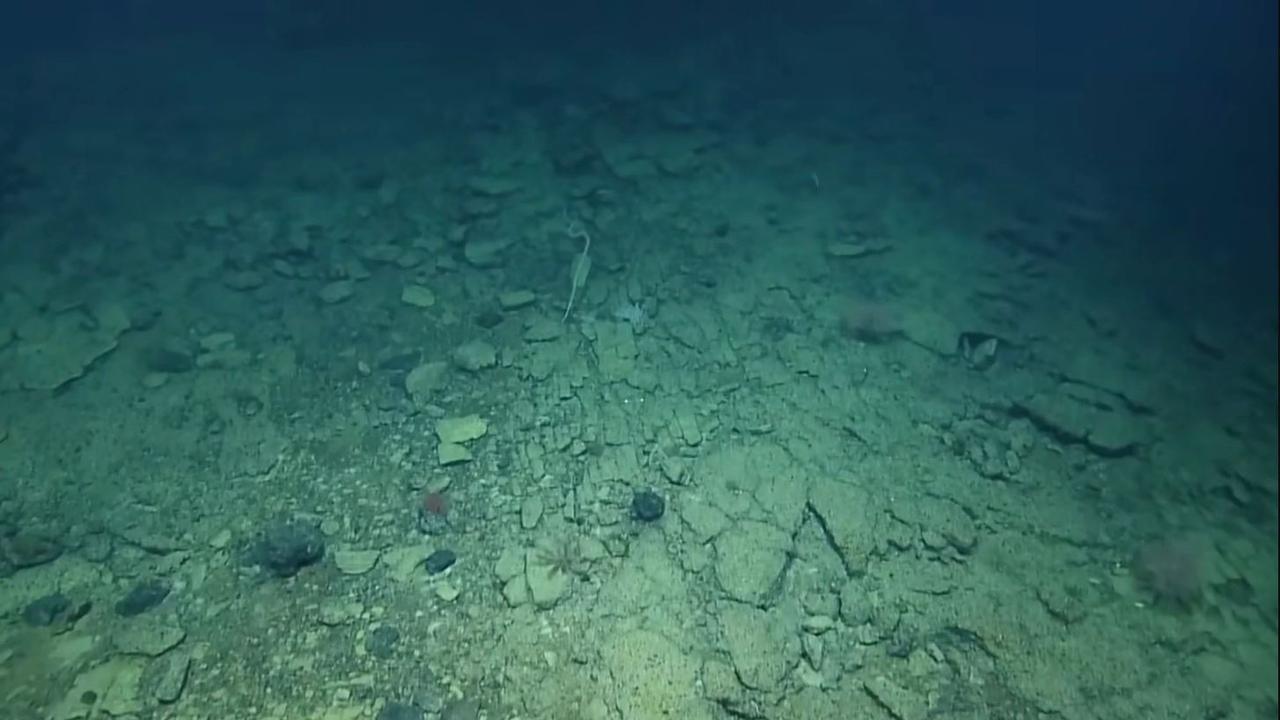

“That’s a really unique structure,” another added.
“This is the yellow brick road,” a third researcher said.
“Are you kidding me? This is crazy,” another voice said.
Only about 3 per cent of the 1.5 million square kilometres (an area that’s a little larger than the Northern Territory) within the PapahÄnaumokuÄkea Marine National Monument region has been recorded, although its peaks are known to rise over 4.8km from the seabed and summit just 60m below the surface of the water.

The underwater city of Atlantis
The legend of Atlantis dates back to Plato’s Dialogues, written about 360 BC – the first of all records of the lost city in history.
In the philosopher’s writings, the city was a metaphor for the corruption of power, wealth and industry.
In other words, it was created strictly as a plot device, reminiscent of the Emerald City in L. Frank Baum’s The Wizard Of Oz, and not the stuff of prehistoric folklore.
Moreover, there isn’t a trace of archaeological or geological evidence that a sunken city ever existed.


Researchers aboard the Nautilus had their fun when they dubbed the remarkable clip “Follow the ‘Yellow Brick Road’ to Geologic Features of LiliÊ»uokalani Ridge Seamounts” for social media, but explained the bricklike formation’s true nature in the caption.
“What may look like a ‘yellow brick road’ to the mythical city of Atlantis is really an example of ancient active volcanic geology,” they wrote.
What the team had actually seen was later identified as hyaloclastite, “a volcanic rock formed in high-energy eruptions where many rock fragments settle to the seabed,” they said, while the “unique 90-degree fractures” that made it look like stone laid for a road are likely a result of “heating and cooling stress from multiple eruptions”.
The current mission, funded by the National Oceanic and Atmospheric Administration, set out for a deeper understanding of how the Northwestern Hawaiian Islands were formed. They also hope to spot healthy communities of coral and sponge, which are under threat globally.
This article originally appeared in the New York Post and was reproduced with permission



